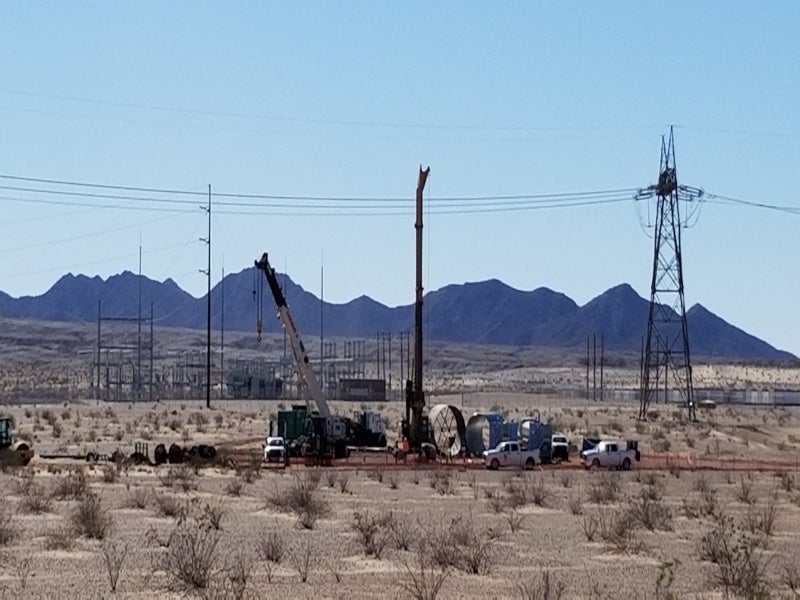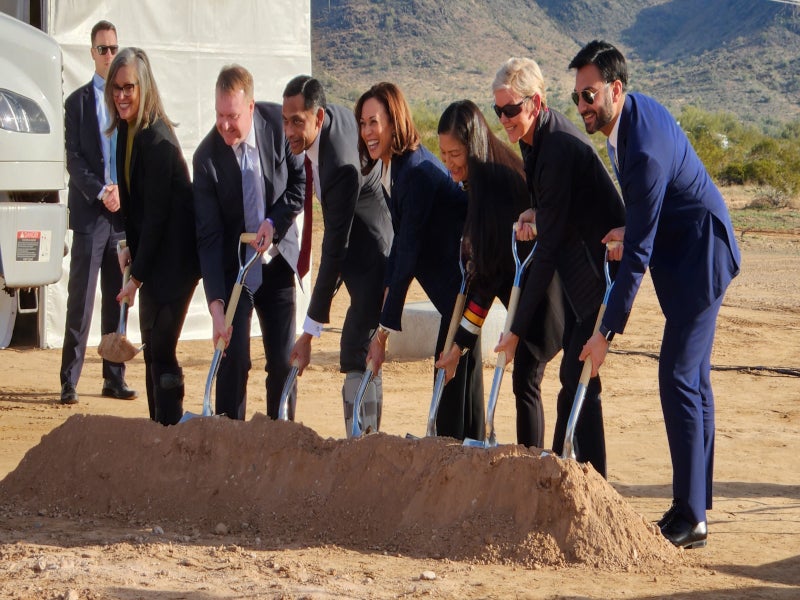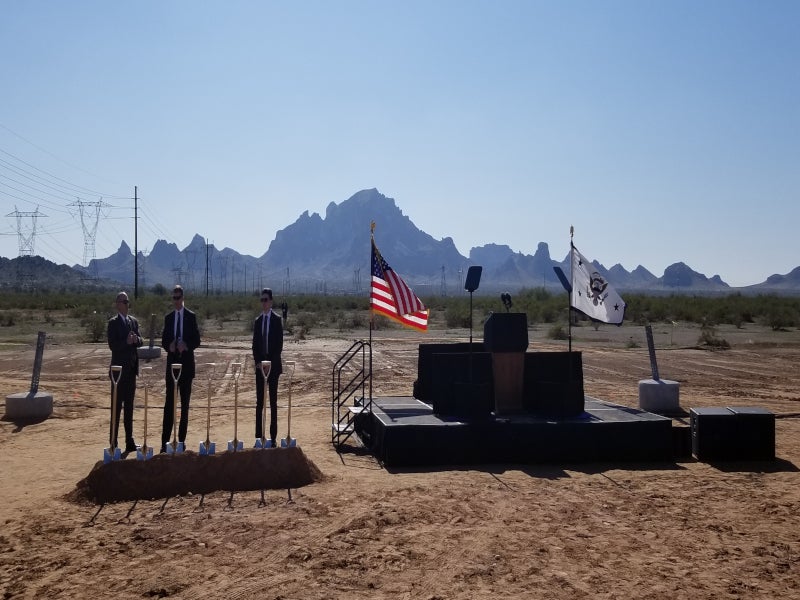Ten West Link is a 125-mile-long (201.2km) 500kV high-voltage transmission line that will support the development of renewable energy infrastructure and energy storage resources in Arizona and California.
The project is being developed by DCR Transmission (DCRT), a partnership led by Lotus Infrastructure Partners (formerly Starwood Energy), a private equity firm specialising in energy infrastructure investments.
The US Department of the Interior approved the transmission line’s construction in July 2022 and construction had commenced by the end of the year. A ground-breaking ceremony was held in January 2023 and the project is expected to become operational by 2024.
The transmission line will deliver more than 3GW of renewable energy to consumers in California and Arizona, and increase the resilience of the US electric grid. It is expected to generate more than 350 jobs, including more than 250 union construction jobs, during its construction phase.
Location of the Ten West Link
The Ten West Link transmission line will be built between the Colorado River substation in Blythe, California, and the Delaney substation in Tonopah, Arizona.
The line will use utility corridors established by the US Bureau of Land Management (BLM) and the US Department of Energy’s energy corridor. Its route will lie 64% on public lands controlled by the BLM, 20% on private property, 15% on state land and 1% on public lands managed by the US Bureau of Reclamation.
The project connects central Arizona and southern California and stays clear of all major population centres and Arizona’s Kofa National Wildlife Refuge.
Ten West Link transmission line project details
Ten West Link will use a combination of structures similar to pre-existing systems such as H frame, guyed lattice, monopoles, and tangent lattice. Site-specific engineering design and land use restrictions will determine the type of transmission line construction and structures that will be used.
The height of the transmission line structures will range between 72ft and 195ft. Distance between them will range from 600ft to 2,100ft, depending on the type of structure used. Between three and eight structures will be placed for every 1.5km depending upon their type, topography and route. The granted right-of-way (ROW) space will typically be 200ft wide.
The project will also include the development of a series compensation station (SCS) and an overhead 12kV electric distribution line located in the middle of the route.
Project financing
DCRT closed the non-recourse project financing for the project in October 2022. The financing was led by MUFG Bank, Société Générale (SocGen), and ING Capital.
MUFG was the debt facility’s administrative agent and SocGen was the documentation agent.
Contractors involved
Construction company EC Source was awarded the engineering, procurement and construction contract for the project.
Energy Environmental Group, a subsidiary of EC Source and provider of environmental compliance services, provided environmental services for the project.
Consulting firm Environmental Science Associates is providing archaeological monitoring services during the construction.
Manufacturer of aluminium overhead conductors Midal Cables is supplying transmission line conductors for the project.
Benefits of the Ten West Link
Ten West Link will increase the capacity of the regional transmission network in Arizona and California by reducing grid congestion for energy consumers throughout the Southwest. A similar project is being developed in the western state of Colorado to construct grid infrastructure for energy transition.
The project will expand the grid’s capacity to move energy between supply hubs and demand centres, which may increase competition among energy suppliers and reduce energy prices for customers in the area.
Ten West Link will contribute to the development of a varied transmission network between Arizona and California, giving transmission system operators in both states the operational freedom to re-route power flows in predictable and irregular circumstances.
The project will also make it easier for renewable energy resources to be developed, integrated and delivered while assisting Arizona and California in achieving their respective targets for renewable energy usage.






